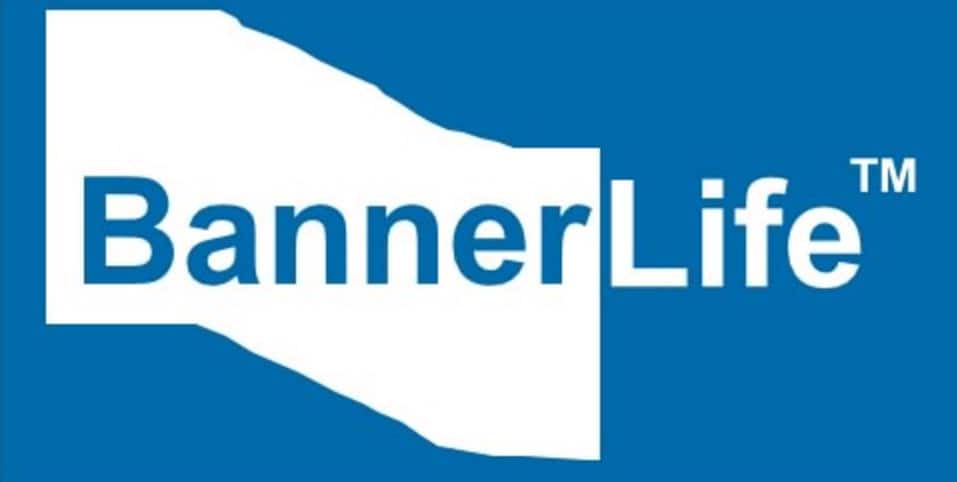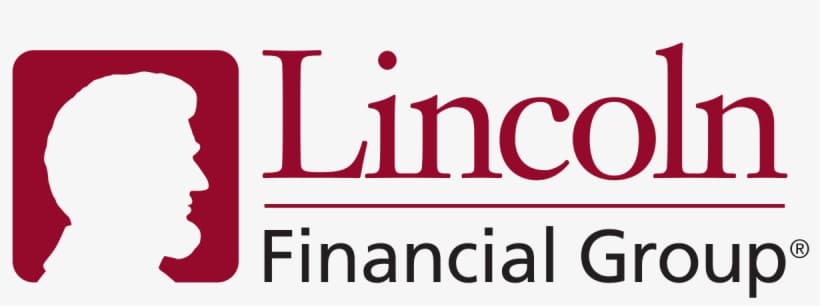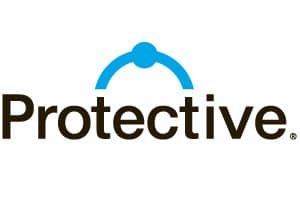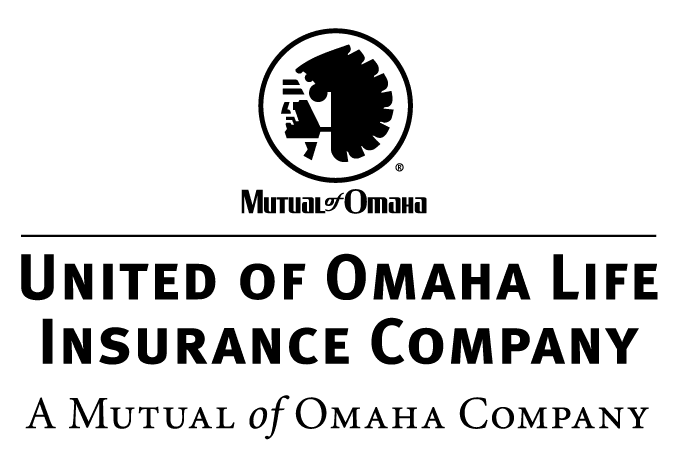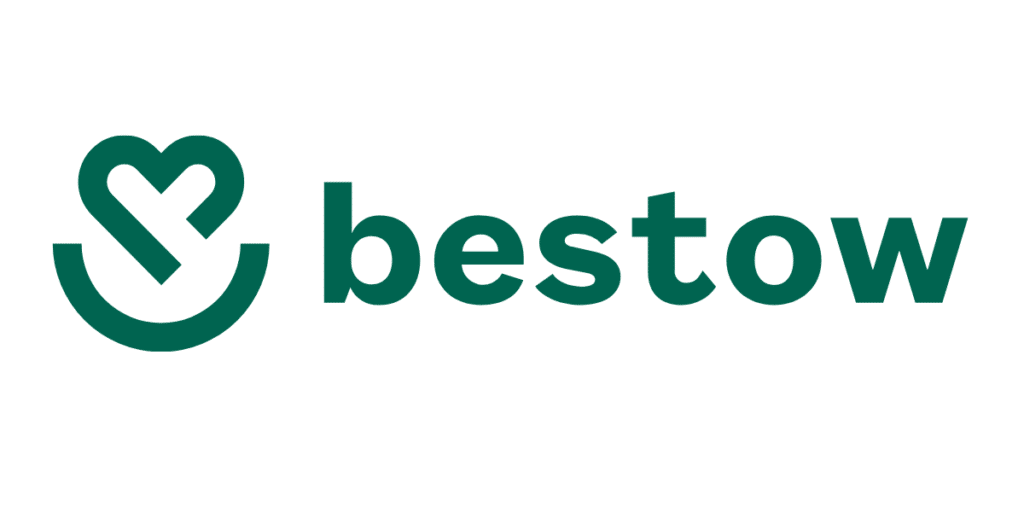The six-step application process listed below is fairly standard throughout the life insurance industry. However, we have streamlined the life insurance application process to make it as hassle-free as possible for our clients.

1. Select a Policy Option
Choosing the right life insurance policy is essential to protect your loved ones financially after you pass away.
The length of your policy term will need to be sufficient for the duration you wish to be covered. Generally, your choice will be from 5 to 30 years of life insurance coverage, depending on your age (there are now a few companies offering 35 and 40-year policies).
Secondly, the death benefit (amount of coverage) must be sufficient to meet the coverage needs you are purchasing the insurance policy for. Rarely do you hear about a beneficiary complaining about the insurance benefit check being too much.
On the other hand, not purchasing enough coverage could increase the financial burden on your surviving loved ones.
Your friends, neighbors, and co-workers are not where you should go for advice regarding your life insurance. Reaching out to an experienced and reputable insurance professional can help you make certain that your life insurance coverage decisions are based on your needs and circumstances. And the good news is that experience will not cost you one penny more.
2. The Application Process
After you have reviewed the life insurance quotes and decided which policy you would like to apply for, you submit an application request from the quote engine. One of our licensed representatives will call you to complete the life insurance application over the phone (you will also have the opportunity to schedule a convenient time to do so after you submit the request).
The life insurance application is typically two parts – we take a very short application, and then the insurance company will either call you or send you the full application, which includes the health and lifestyle questions plus a brief discussion about family history. The application shouldn’t take longer than 20-30 minutes to complete, depending on the information required for the coverage you have selected.
Your medical exam will also be scheduled, if required, at that time (Note: Some companies won’t require a medical exam, based on the policy amount and other information gathered in the application process).
Premium Payment
Premium payment is not required with your application. However, you may be given the option of submitting payment with your life insurance application in order to get temporary coverage during the underwriting period. Each insurance company has its own guidelines concerning temporary coverage, so please read the instructions carefully in your life insurance application packet.
What could affect your life insurance premiums?
There are a handful of underwriting aspects that can affect your life insurance premiums, and each of them carries the same weight when it comes to the rate class you will eventually be assigned.
- Your age
- Your current health and your health history
- Your family’s health history
- Your lifestyle
- Your occupation
- If you travel outside the country
- Your driving record
- The policy term you select
- Activities that are considered high-risk
If you have any questions about the application process or replacement forms, please contact your agent.
3. POLICY REPLACEMENT
Consumer protection laws exist to prevent the occurrence of unnecessary life insurance policy replacements in the insurance industry. Each state has enacted laws to protect its residents, and therefore, regulations and required forms vary by state.
Intramark is required by law to determine if a replacement transaction exists with every application processed. If your application is determined to be a replacement transaction, you will have additional forms to complete. These forms are included in your application packet.
4. The Medical Exam
Applications for most life insurance policies require a paramedical exam from a registered nurse. The exam can be done at your home or place of work or local office, if available. These nurses are contracted with one of the paramedical exam companies approved by most major life insurance companies.
The exam takes approximately a half hour and can be done Monday through Saturday between 8:00 A.M. and 8:00 P.M. The exam typically includes blood and urine samples, blood pressure readings, height and weight measurements and questionnaire (additional tests, such as EKG, might be required due to age or insurance amount applied for). As it is recommended that you fast for eight hours prior to the exam, we usually suggest you get your exam first thing in the morning, if possible.
In order to get the best possible results from your exam, please follow the tips below:
Following these tips can help you attain the most favorable and accurate medical exam results:
- Fast for 4-8 hours prior to the exam, and try to schedule the exam for first thing in the morning, prior to eating.
- Avoid stimulants (caffeine, alcohol, cigarettes).
- Limit salt and high-cholesterol foods 24 hours prior to the exam.
- Refrain from drinking alcoholic beverages for at least 24 hours prior to the exam (can increase fat in blood and liver functions).
- Limit caffeine and nicotine 24 hours prior to the exam (it can increase blood pressure).
- Smokers should not smoke 30 minutes prior to the exam (it tends to constrict artery walls and elevate blood pressure).
- Drink a glass of water one hour prior to the exam.
- Get a good night’s sleep prior to the exam.
Helpful reminders
- Be prepared with a photo ID at the time of the medical exam.
- Provide names and dosages of current medications
- Provide any history of problems associated with providing a blood sample.
- Have available names, addresses and phone numbers of any doctors or clinics visited in the last five years related to health problems.
- Tell the examiner if exercise is a regular activity.
- Tell the examiner if vitamins or aspirin are taken on a daily basis.If you are overweight or have large muscular arms, ask the paramed examiner to use a large blood pressure cuff.
If you have experienced one of the following health conditions, you should follow these additional guidelines:
HYPERTENSION
- Avoid stimulants (caffeine, alcohol, cigarettes).
- Schedule a morning exam.
- Have the examiner take your blood pressure after you have had a chance to relax — three attempts at 10 minute intervals.
- Take usual medications.
DIABETES
- Schedule the exam for 2½ hours after a meal (no sweets or sugars after the meal), but if blood is being drawn, fast for 4-8 hours prior to the exam.
- Empty bladder right after meal.
- Drink 1-2 glasses of water before the exam.
- Avoid sweets or foods with sugar content before the exam.
- Avoid strenuous exercise, such as running, for 24 hours prior to the exam.
URINARY SPECIMEN PROBLEMS (albumin, Red Blood Cells , sugar, etc.)
- Empty bladder right after meal.
- Drink 1-2 glasses of water before the exam.
- Avoid sweets or foods with sugar content before the exam.
- Avoid strenuous exercise, such as running, for 24 hours prior to the exam.
CORONARY, EKG PROBLEMS
- Avoid stimulants (caffeine, alcohol, cigarettes).
FINAL TIP
- Do not try to hide any health issues or medical history – be completely candid with your answers on your insurance application and with your medical examiner.
Following these tips will ensure a speedy exam and best results. However, if you would prefer to apply for a policy without having a medical exam, there are some options. These types of policies might be more expensive, but for those who prefer not to get an exam, they present another option.
No Exam Life Insurance
There are many life insurance shoppers who prefer to forgo the inconvenience of a life insurance medical exam for various reasons, such as:
- Privacy issues
- Inconvenience
- Delays in application approval and policy issuance
The good news is that many companies offer a no-exam version of their term insurance product, whole life product, and universal life product.
In most cases, the applicant will pay a little more in premium and have a cap on their death benefit, but in some cases, the premiums might be the same as a fully underwritten policy because of the money saved by the insurer when a life insurance exam is not required.
However, do not assume that the underwriter will be in the dark about your current and historical health because insurers will still order an MIB and Prescription report when you submit your application.
Additionally, a no-exam life insurance application will have many questions about your health that you are required to answer truthfully.
However, if you are a healthy applicant with no severe pre-existing conditions, forgoing a life insurance medical exam will likely get your policy issued very quickly and at a very competitive rate.
Many insurers use innovative technology to medically underwrite your application so they can determine your medical risk to the company. And in many cases, you can purchase a policy with a death benefit of up to one or two million dollar death benefit.
Companies We Recommend for No-Exam Life Insurance
No Exam Life Insurance Quotes
5. The Underwriting Process
Underwriting can be defined as the process of examining, accepting, or rejecting insurance risks and classifying those selected in order to charge the proper premium for each. An underwriter will review your application, medical exam results, and additional information, as needed, and will assign you a health class on which your rates will be based.
When you receive your initial quote on our website, the premium displayed is based on the information you enter on our quote form. The final quote offered by the underwriter may differ from your original quote if additional data gathered would indicate a different health class than the one quoted.
Information Typically Required for Underwriting
- Completed Application
- Lab results from medical exam
- Medical exam reports
- Medical records (Attending Physician Statement)
- Motor vehicle report
- Inspection report (there is often a phone interview conducted by a company representative.
- Medical Information Bureau (MIB) report
The underwriting process typically takes 3-6 weeks from the date the underwriter receives your completed application, but can vary, depending on how quickly the information is supplied. Waiting for the Attending Physician’s Statement from a physician is most often the #1 item slowing down the process. Sometimes a phone call from the applicant to their physician can speed things up.
Once the underwriter has received all the requirements, they will review your application and all the additional information to determine your health class and premium, based on their underwriting guidelines and will notify us of their decision. Your LifeInsure.com Case Manager will notify you of the underwriter’s decision and, if the application has been approved at a different health class than applied for, will discuss your options with you.
If you agree to the offer, your policy will be sent to our office, we will review it and mail to you via UPS or, in some cases, email you an electronic copy. You will have a specified amount of time to review the policy and accept the offer.
Life Insurance Policy Delivery
Once the underwriter has approved your application, your life insurance policy will be issued. If the policy is issued other than applied, meaning the health class is different from your original quote, your case manager will contact you to discuss your options.
While we do try to provide the most realistic quotes, the final quote can vary from the original due to information discovered during the underwriting process.
We will send your policy and delivery requirements to you either electronically or via Priority Mail with a postage-paid return envelope for your use.
Review the policy (we can assist you with this via telephone if you’d like) and, if you agree with the terms of the policy, complete the delivery requirements (signature on receipt and/or other company forms and premium payment) electronically or send it back to us in the postage-paid envelope.
Do not send us the policy, as that is yours to keep.
Once we receive all the delivery requirements from you, we will then forward the delivery requirements to the insurance company. However, please note that your policy will be in force when we receive those requirements in our office.
Congratulations on your wise decision to purchase a life insurance policy!
What Happens if Your Life Insurance Application is Declined? 
If, after the underwriting process has been completed, the insurance company declines your application, you and your agent have alternative choices to get life insurance coverage in place:
- You can apply with a different insurance company that may have more liberal underwriting guidelines
- You can apply for a graded benefit policy that will cost quite a bit more and have a graded death benefit for the first two policy years.
- You can apply for a guaranteed issue whole-life policy, which will also be more expensive, and have a two-year waiting period when the death benefit is reduced to 110% of the premium paid if death is the result of natural causes. Guaranteed issue whole life insurance does not take your health into consideration, so anyone can qualify if they are in the eligible age range.
Term Life Insurance Quotes
Last Updated on November 18, 2025 by Richard Reich

